About the innovative case from Edward Snowden and privacy protection, smartphone, laptop and toothbrush Xiaomi, Cyanogen problems, the new project Google Emergency Location Service and more …

Strange announcements Xiaomi
The recent presentation Xiaomi was the highlight of this week, although the devices were shown to us rather controversial.
The main focus was on Xiaomi Redmi Pro. For Xiaomi this is a rather expensive device, at the price it is now one step lower than the current flagship. Considering that the smartphone is not anything outstanding in terms of technical characteristics, it should interest the buyer with something else: an interesting design, some unusual 'chips' and so on.
Formally, both are present here. The design may not be unique, but for Xiaomi it looks quite unusual. And, contrary to custom, it evokes associations not so much with 'apple' products as with the HTC One line. The dual camera only reinforces the resemblance, even if it looked more elegant in HTC One M8.
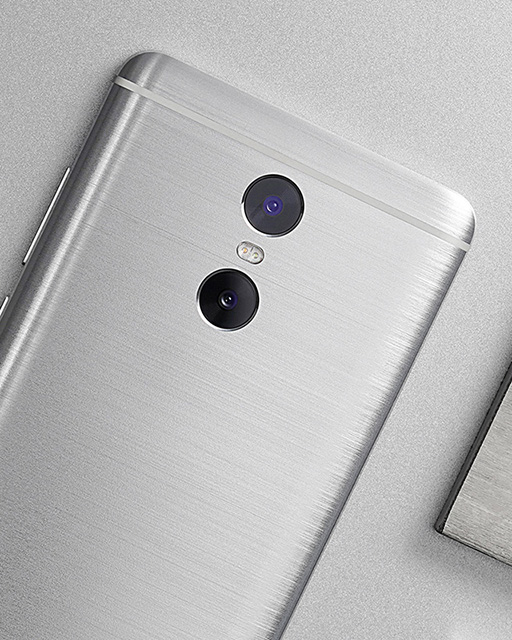
Features Xiaomi Redmi Pro:
- Body materials: metal, glass
- Operating system: Android 6.0, MIUI
- Network: GSM / EDGE, UMTS / HSDPA, LTE (dual SIM)
- Screen: AMOLED, 5.5 “diagonal, resolution 1920 × 1080 pixels, 401 ppi
- Platform: Mediatek Helio X20 / X25
- Processor: Deca-core, 8 x Cortex-A53 and 2 x Cortex-A72
- Graphics: Mali-T880 MP4
- RAM: 3/4 GB
- Flash memory for data storage: 32/64/128 GB
- Memory card slot: yes, microSD (combined with the second SIM slot)
- Interfaces: Wi-Fi (b / g / n), Bluetooth 4.2, USB Type-C for charge / sync, 3.5 mm for headset
- Main camera: 13 megapixels and an additional 5 megapixel module, phase detection autofocus, dual LED flash, f / 2.0, video recording in FullHD
- Front camera 5 MP, f / 2.0
- Navigation: GPS (support A-GPS), Glonass, Beidou
- Optional: fingerprint scanner, accelerometer, light sensor, proximity sensor, fast charge function
- Battery: 4050mAh
- Dimensions: 151.5 x 76.2 x 8.2 mm
- Weight: 174 grams
Xiaomi, like many other Chinese companies, can shamelessly copy the external design of a smartphone, but if we talk about the general idea of the device, proprietary shell, user experience and other things, then everything is not so simple. Noticing the successful ideas of competitors, Xiaomi has never produced clone machines, engineers and developers have always thought with their own heads and have never been fond of thoughtless copying. If this or that idea turned out to be really in place in this particular device, it was used, and without fear of improving or remaking it to your taste. Otherwise, they abandoned it, never trying to sew the dog's fifth leg.
But Xiaomi Redmi Pro really resembles a clone HTC One M8, and the clone is ideological.

In HTC One M8, the focus was on two things – the design of the device, which emphasizes the use of metal, and the dual camera, which can measure the 'depth' of the shot and all objects in the frame. In words, all this sounded very cool, but in practice, the smartphone was not very successful. The low price would be a much more significant argument than 'premium body materials', which in themselves did not make any particular impression on customers. And all sorts of bokeh effects and other proprietary 'chips' of the dual camera did not at all justify the overall image quality, which was noticeably lower than that of competitors. As a result, the smartphone did not really take off, clearly demonstrating that users need something different.
Xiaomi stepped on exactly the same rake – the 'premium design' turned out to be overpriced, which would immediately alienate a substantial part of buyers, and all the tricks with additional camera modules did not change the fact that the pictures themselves are very mediocre (according to currently available information). As a result, a smartphone that is very good on paper turns out to be a series of strange compromises, and it does not seem that many buyers will want to go for them.
The point is not that the device is somehow bad. It's just that Xiaomi has a pretty solid line of smartphones, and it won't be so easy to win back its place in it Xiaomi Redmi Pro. Especially considering the poor price. In my opinion, here it was necessary either to really work on the photo part, achieving the photo quality at the level of its own flagship, or to add more bright details to the device, aiming it at some specific audience. For example, to release a compact device in the spirit of iPhone SE. Or come up with some really unusual design, making Xiaomi Redmi Pro a fashion model. Because at the moment it is neither fish nor meat.
 Xiaomi Redmi Pro. First glance
Xiaomi Redmi Pro. First glance
Link to news
The announcement of the laptop from Xiaomi has been waiting for a very long time. Moreover, not anyhow, but quite specific – a Chinese MacBook on Windows. It just so happened that people who argue to the point of hoarseness about the secondary nature of the modern design of smartphones and general copying iPhone are generally very easy to borrow the design of laptops. Yes, Xiaomi Mi Notebook Air is an obvious copy of Apple MacBook, no one is trying to hide it, but for most potential buyers it evokes more positive than negative emotions. Here's a paradox.
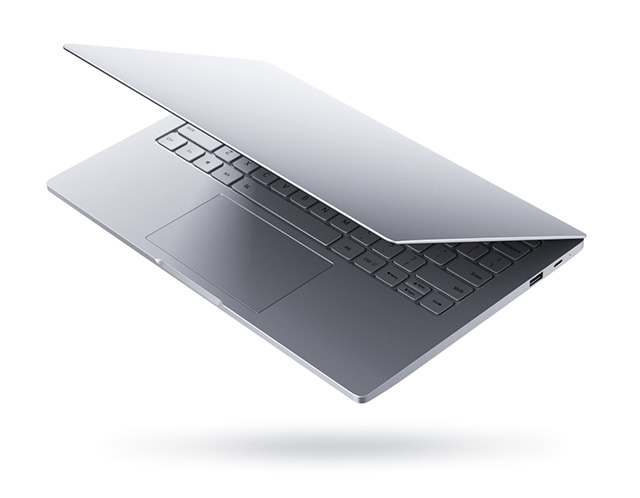
The attitude towards laptops among users is generally much more relaxed than towards smartphones. It is not branded 'chips' and not some unusual design that come to the fore, but a banal price / quality ratio. As for the software, the ideal option is just naked Windows, and the less software imposed by the manufacturer and other dubious changes in the system, the better.
And just with the price / quality ratio of the new line Xiaomi Mi Notebook Air, everything is still not entirely clear. For the declared amount, this is a very good offer, but how and when it will be possible to buy it for that kind of money is a separate question. It's not even worth talking about the official guarantee and availability in federal retail, even if by some miracle the laptops get into the same Svyaznoy, the price will turn out to be such that buying them will simply become unprofitable.
Xiaomi Mi Notebook Air 12.5 'specifications:
- Body materials: aluminum, glass, plastic
- Operating system: Windows 10
- Processor: Intel Core m3 (6Y30), 2.2 GHz
- Graphics: Intel HD Graphics 515
- RAM: 4 GB DDR3 (1866 MHz)
- Storage memory: 128 GB SSD and bay for additional SSD / HDD
- Screen: IPS LCD, 12.5 'diagonal, resolution 1920 × 1080 pixels, 176 ppi
- Interfaces: Wi-Fi (b / g / n) Dual-Band, Bluetooth 4.1
- Ports: USB Type-C connector, USB 3.0 connector, HDMI, 3.5 mm mini-jack
- Front camera: 1 MP
- Audio: Realtek ALC233 sound system, AKG speakers, two 1W each
- Extras: keyboard with backlit keys, quick charge function: 50% charge in half an hour
- Battery: 37 Wh (7400 mAh @ 5 V)
- Dimensions: 292 x 202 x 12.9 mm
- Weight: 1.07 kg
Xiaomi Mi Notebook Air 13.3 'specifications:
- Body materials: aluminum, glass, plastic
- Operating system: Windows 10
- Processor: Intel Core i5 (6200U), 2.7 GHz
- Graphics: nVidia GeForce GTX940MX (1GB DDR5)
- RAM: 8GB DDR4 (2133MHz)
- Storage memory: 256 GB SSD and bay for additional SSD / HDD
- Screen: IPS LCD, 13.3 'diagonal, resolution 1920 × 1080 pixels, 166 ppi
- Interfaces: Wi-Fi (b / g / n) Dual-Band, Bluetooth 4.1
- Ports: USB Type-C connector, two USB 3.0 connectors, HDMI, 3.5 mm mini-jack
- Front camera: 1 MP
- Audio: Realtek ALC255 sound system, AKG speakers, two 2W each
- Extras: keyboard with backlit keys, quick charge function: 50% charge in half an hour
- Battery: 40 Wh (8000 mAh @ 5 V)
- Dimensions: 309.6 x 210.9 x 14.8 mm
- Weight: 1.28 kg.
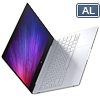 Xiaomi Mi Notebook Air. First glance
Xiaomi Mi Notebook Air. First glance
Link to news
It should be noted separately that Xiaomi does not have any special reputation in the laptop market and no one is waiting for the company with open arms. Moreover, competitors are also on the alert. For example, literally a couple of hours after the announcement of Xiaomi Mi Notebook Air, the company Lenovo presented almost the same laptop under the self-explanatory name Lenovo Air 13 Pro.
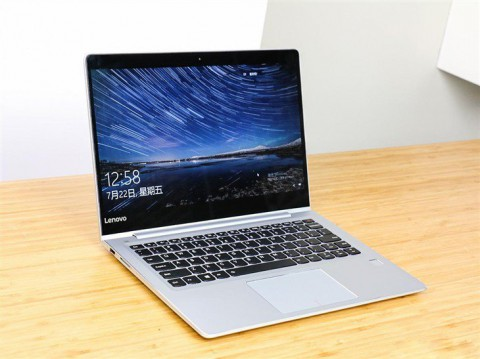
The technical characteristics of the device are as follows:
- Screen size 13.3 inches, IPS, resolution 1920×1080;
- Processor Intel Core i5 6200U;
- NVIDIA GeForce 940MX (discrete) with 2 GB of memory;
- 4 GB of RAM;
- 256GB onboard PCIe SSD storage;
- The fingerprint scanner;
- Thickness: 14.8mm;
- Weight: 1.29 kg.
Cost $ 750
Link to news
Both the smartphone and laptop were expected, but the announcement of the Soocare X3 toothbrush took many fans Xiaomi by surprise. Although, it would seem, you can already get used to it, because in recent years Xiaomi has released a whole bunch of very different equipment.
Interestingly, the development Xiaomi can hardly be called this brush. In fact, this is a project of the Chinese startup Soocare Cassels, and from Xiaomi there is only a label and product promotion.
The bristles of the cleaning head are specially shaped and manufactured by the American company DuPont. The head mechanism allows up to 37,200 vibrations per minute. Support Bluetooth allows you to synchronize data with a mobile phone, on which the user can see the charge level, usage statistics and other data.
According to the manufacturer, Soocare X3 can work up to 25 days on a single charge, which is not bad. The price of the device will be about $ 35, sales will begin in August.
Link to news
The future of Cyanogen
Cyanogen Inc announces massive layoffs and is laying off about 20% of its employees (30 out of 136 employees). According to unofficial information, a change of priorities and a rethinking of the development strategy await us. For example, shifting the focus to apps and ways to monetize them. Officially, you shouldn't worry about the fate of CyanogenMod, and in general, the company is doing great.
Link to news
Link to news
CyanogenMod is a custom firmware originally developed by a group of enthusiasts based on AOSP. Unlike many other firmwares, there was no scent of a total interface rework here, the CM style remained close to the classic Android. We can say that this was its expanded and improved version, which allowed you to fully customize the device 'for yourself'. Including thanks to additional options and settings that Google itself preferred to hide from inexperienced users.
This approach in itself has proven attractive to many users. In addition, the fact that the manufacturers themselves rarely and reluctantly updated the smartphones already on sale, and each new version Android in those days brought a bunch of everything necessary and interesting, also played a role. CyanogenMod remained one of the most popular ways to get a new version of the OS on your old smartphone, and even with a set of additional improvements.

At some stage, the developers decided to aim at something big, in addition to CyanogenMod, Cyanogen OS appeared, and Cyanogen Inc began to actively attract investment from outside. They started talking about the fact that Google is not only developing incorrectly Android, but also forcibly imposing its services on users, which is completely unacceptable. Cyanogen OS here was not just a breath of fresh air, but an alternative Android, practically a separate OS. In any case, so it seemed to the company's marketers.
And at first everything seemed to be going well – among the major investors was the company Microsoft, among the partners were such equipment manufacturers as OnePlus, BQ, Wileyfox and others. But in fact, there is no particular success for Cyanogen inc. did not achieve – the quality of Cyanogen OS on 'native' devices turned out to be rather mediocre. And attempts to replace Google services with exactly the same services of other companies (for example, Google Now with Microsoft Cortana) under the slogans of freedom of choice and democracy did not gain much popularity.
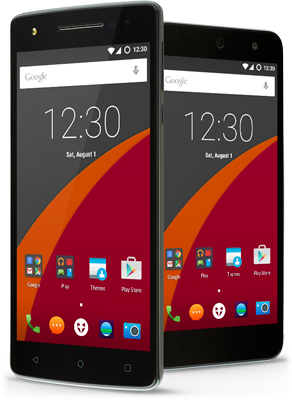
I don’t know how the fate of Cyanogen inc. and what the company will decide to do, but you shouldn't worry about the fate of CyanogenMod anyway. The community is not going anywhere and as long as this firmware is needed, it will develop further.
Tracking protection
For some, Edward Snowden is, first of all, an outstanding personality, for some it is a household name, and for some it is a well-known brand.

Recently, information appeared on the network that at the moment Edward Snowden and American hacker Andrew Huang are developing a special cover for iPhone, which will protect its owner from surveillance. The case attaches to the SIM card tray and controls the operation of the antenna, GPS modules, Wi-Fi, Bluetooth. Whenever the smartphone tries to send some extra data, the cover will immediately inform its owner about it. It is believed that using such a case will prove to be an even more reliable method than putting the phone into 'airplane' mode.
The case is at an early stage of development, but we can already say that it will have some sales. Even if it turns out to be just a piece of plastic. The main thing is that there was an inscription made by Snowden, and the rest does not matter.
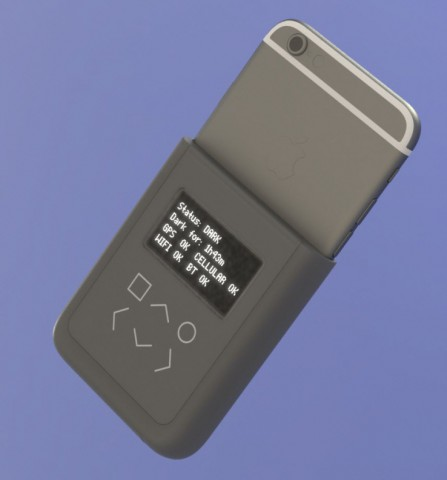
For some reason, I am reminded of inexperienced PC users who connected to the Internet for the first time in their lives. They still have difficulty finding the Start button, do not understand the meaning of the word 'browser' and are firmly convinced that if Yandex is removed from the home page, the network will immediately stop working. But they know for sure that there are scary hackers sitting on the Internet who really dream of getting on their computer and using speakers and a webcam to start eavesdropping on and spying on everything that happens in the apartment. The first thing such a user did was install a firewall about which he heard from a 'programmer friend'. And then he turned on the paranoid defense mode there or simply poked at all possible checkboxes. In half of the cases, after such a 'protection' the Internet simply stopped working, but sometimes users were lucky, and everything was limited to incomprehensible messages that 'someone is there requesting access to the Internet', 'someone is scanning something' and 'action could be potentially dangerous. ' And each such message and pop-up window was additional proof that evil hackers are already trying to hack the computer with might and main, and only thanks to the mind and natural cunning of its owner, they were left with nothing.
Something tells me that the 'anti-CIA' cover will be exactly from the same opera. On the one hand, he will convincingly prove to everyone that even a specially trained CIA agent is watching the janitor Vasya. On the other hand, it will still not protect you from problems, because such a cover still does not know how to beat the user in the playful hands that strive to click on an incomprehensible banner and enter the PIN of a bank card on a site where you can 'win a million'. And getting rid of passwords like qwerty and 12345 will not help. And for the user, this is a much more real opportunity to part with private information than special surveillance. services and other horrors.
Link to news
For better or worse, Google's approach is fundamentally different. The company does not see anything wrong with the very possibility of collecting some data about the user, moreover, in some situations it considers it vital.
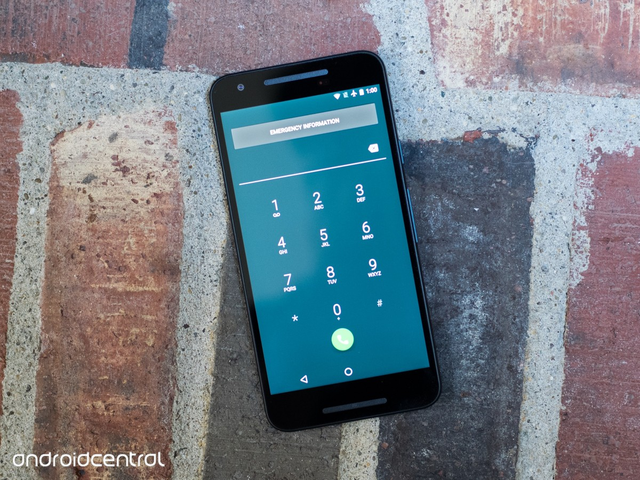
For example, at the moment Google is working on the Emergency Location Service, which, when you call the rescue service, will automatically transfer the user's coordinates to rescuers. It is reported that the service is already working in the UK and Estonia (supported by BT, EE, Vodafone, O2, Tele2 and Telia), in other countries it will be launched a little later.
Link to news
For me personally, the position of Google is much closer, and I consider all sorts of “antispyware” covers to be something like an adhesive tape, which some users use to seal webcams in laptops. What do you think?
